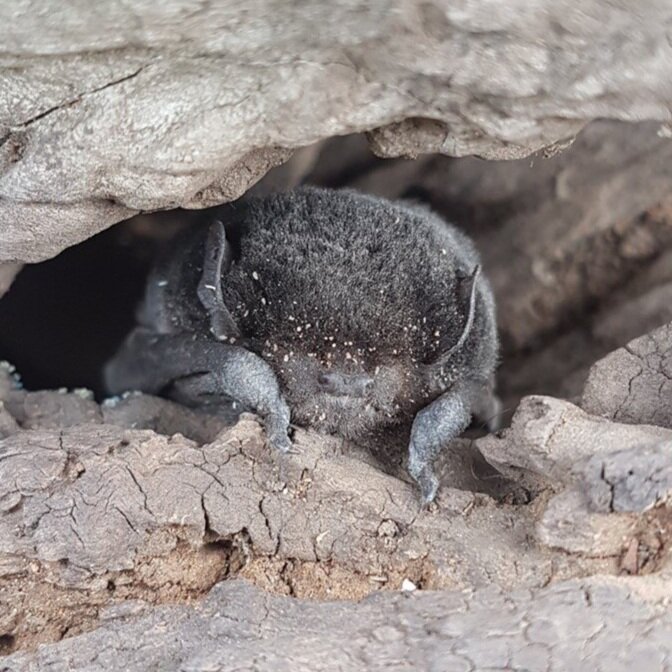Illawarra Environmental Consultants
Are you looking for an environmental consultant or ecologist in the Illawarra region?
Narla Environmental is a highly experienced environmental consultancy servicing the south-eastern coast of NSW, namely the Illawarra region. We have experience working with local Councils including:
Wollongong City Council
Kiama Municipal Council
Shellharbour City Council
Our team of ecologists and environmental consultants have the knowledge and expertise to deliver environmental reports, assessments, and advice for urban development approvals.
The Illawarra region is home to at least 19 endangered ecological communities (EEC). These communities are listed under the New South Wales Biodiversity Conservation Act 2016 (BC Act), with some listed under the Commonwealth Environmental Protection and Biodiversity Conservation Act 1999 (EPBC Act). Three of these EECs are endemic to the Illawarra region:
Illawarra Lowlands Grassy Woodland in the Sydney Basin Bioregion
BC Act - Endangered Ecological Community
EPBC Act - Critically Endangered
Illawarra Subtropical Rainforest in the Sydney Basin Bioregion
BC Act - Endangered Ecological Community
EPBC Act - Critically Endangered
Melaleuca armillaris Tall Shrubland in the Sydney Basin Bioregion
BC Act - Endangered Ecological Community
EPBC Act - Not listed
These EECs are critical habitat for various flora and fauna of the Illawarra region, including a variety of threatened species including:
Illawarra Socketwood
Daphnandra johnsonii
Swift Parrot
Lathamus discolor
Spiked Rice-flower
Pimelea spicata
Green and Golden Bell Frog
Litoria aurea
Find out if your property contains a mapped Illawarra Endangered Ecological Community by contacting Narla Environmental today. This may be a great constraint when developing your property.
Urban Development
When submitting a development application (DA) in the Illawarra region for the construction of a dwelling, shed, driveway, granny flat, subdivision, or landscaping, Council will assess your DA against key development standards and other relevant legislation. The two important local documents include your Council’s Local Environmental Plan (LEP) and Development Control Plan (DCP). Your urban development project may require an environmental assessment to accompany the DA, particularly if it involves the clearing of vegetation. This assessment will depend on the impacts of the proposed development on the environmental and ecological components of your property. Suitably qualified Ecologists and Environmental Consultants, such as Narla Environmental, can help you achieve DA approval in the Wollongong, Kiama, or Shellharbour Local Government Areas.
Relevant environmental legislation for Wollongong
Wollongong Local Environmental Plan 2009
The Wollongong Local Environmental Plan (LEP) 2009 is a document used to guide Wollongong City Council’s planning decisions when assessing a Development Application. The Wollongong LEP has various environmental and ecological provisions such as Natural Resource Sensitivity — Biodiversity (Part 7.2), Riparian Lands (Part 7.4), and Illawarra Escarpment Area Conservation (Part 7.8).
Natural Resource Sensitivity — Biodiversity (Part 7.2)
This section of the Wollongong LEP sets out objectives and regulations to avoid, minimise, or mitigate adverse environmental impacts to native vegetation and habitat, while maintaining or improving its diversity and condition. This includes:
Protecting the biodiversity of native flora and fauna
Protecting important ecological processes
Encouraging the recovery of threatened species, communities, populations, and their habitats
Wollongong Council will not grant DA approval unless they are satisfied that the proposed development does not impact upon:
Native terrestrial flora and fauna and their habitats
Native aquatic flora and fauna and their habitats
The ecological role of the land
Threatened species, populations, communities, or their habitats
Fauna habitats include hollow-bearing trees, caves, crevices, nests, wetlands, streams, fruit, nectar, seeds, and any other ecological features necessary for the survival of native fauna.
The Natural Resource Sensitivity - Biodiversity section of the Wollongong LEP applies to land identified as containing ‘Natural Resource Sensitivity — Biodiversity’ within the Natural Resource Sensitivity — Biodiversity Map of the Wollongong LEP. You can access that map by clicking here.
If this clause of the Wollongong LEP applies to your proposed development, Wollongong City Council will likely require a suitably qualified Environmental Consultant, such as Narla Environmental, to prepare an Environmental Impact Assessment.
Riparian Lands (Part 7.4)
This section of the Wollongong LEP sets out similar objectives and regulations pertaining to adverse environmental impacts to riparian land. Wollongong City Council will consider the impacts of your proposed development on riparian land and the watercourse before granting DA approval
The Riparian Land section of the Wollongong LEP applies to land identified as ‘Riparian Land’ on the Riparian Land Map. You can access that map by clicking here.
Similarly, a suitable qualified Environmental Consultant or Ecologist, such as Narla Environmental, may be required to prepare an environmental assessment to ensure the riparian land is protected and enhanced during your urban development DA.
Illawarra Escarpment Area Conservation (Part 7.8)
The Illawarra Escarpment contains a wide array of native flora and fauna, including numerous threatened species. As such, this section of the Wollongong LEP sets out controls to protect, conserve, and enhance the Illawarra Escarpment. Development consent will not be granted unless Wollongong City Council is satisfied that the development:
Is appropriately located to minimise adverse impacts to the natural features and the environment of the Illawarra Escarpment
Incorporates conservation and rehabilitation measures to enhance the escarpment
This section applies to land shown as being within the ‘Illawarra Escarpment area’ on the Illawarra Escarpment Map. You can access that map by clicking here.
An ecologist may be required to provide an ecological assessment supporting your Development Application. This will ensure the Illawarra Escarpment is protected, conserved, and enhanced during your urban development project.
Wollongong Development Control Plan 2009
The Wollongong Development Control Plan (DCP) 2009 sets out regulations and provisions for the use of land in a development. Various chapters of the DCP have environmental regulations, including:
Ecologically Sustainable Development (Chapter A02)
Wollongong City Council sets out objectives for sustainable development in relation to climate change
Preservation & Management of Trees & Vegetation (Chapter E17)
This chapter aims to preserve trees and vegetation. It includes the potential requirement of a Vegetation Management Plan as part of a Development Application
Threatened Species Impact Assessment (Chapter E18)
This chapter outlines environmental impact assessments in order to protect threatened flora and fauna species during urban development. Wollongong City Council requires a Flora and Fauna Assessment if the development poses potential adverse impacts on threatened species or their habitats (including indirect impacts) or upon native vegetation
Riparian Land Management (Chapter E23)
This section of the Wollongong DCP aims at protecting, maintaining, and enhancing (where possible) riparian land. This includes the waterway, bank, riparian vegetation, and connectivity within the riparian corridor. Wollongong City Council will require a Vegetation Management Plan for any proposed development within 40m from the top of bank of any watercourse, lake, or estuary
Wollongong City Council has a large number of environmental and ecological controls in place to protect the unique Illawarra environment. We can provide you with an ecological impact assessment, environmental assessment, or ecological advice to help you with your urban development. Narla Environmental has the ecological knowledge and legislative experience to help you reach DA approval.
Relevant environmental legislation for KIAMA
Kiama Local Environmental Plan 2011
Kiama Municipal Council has similar environmental provisions within its LEP including Terrestrial Biodiversity (Part 6.4) and Riparian Land & Watercourses (Part 6.5).
Terrestrial Biodiversity (Part 6.4)
This section of the Kiama LEP sets out controls to avoid, minimise, or mitigate adverse environmental impacts to native vegetation and habitat, while maintaining or improving its diversity and condition. This includes:
Protecting the biodiversity of native flora and fauna
Protecting important ecological processes
Encouraging the recovery of threatened species, communities, populations, and their habitats
Kiama Municipal Council will not grant DA approval unless they are satisfied that the proposed development does not impact upon:
Native terrestrial flora and fauna and their habitats
Native aquatic flora and fauna and their habitats
The ecological role of the land
Threatened species, populations, communities, or their habitats
This section applies to land containing ‘Biodiversity Land’ within the Terrestrial Biodiversity Map of the Kiama LEP. You can access that map by clicking here.
An Ecological Impact Assessment may be required by Council to assess if your proposed development is inline with Part 6.4 of the Kiama LEP.
Riparian Land & Watercourses (Part 6.5)
This section of the Kiama LEP sets out controls in relation to urban development that lies within riparian land. Kiama Municipal Council will consider the impacts of your proposed development on water quality within the watercourse, bank stability, aquatic riparian habitats, and ecological processes associated with riparian land. As such, an environmental consultant such as Narla Environmental may be required to prepare an environmental impact assessment to ensure your DA satisfies this part of the Kiama LEP.
The Riparian Land & Watercourses section of the Kiama LEP applies to land:
Identified as ‘Category 1 or 2 Watercourse’ on the Riparian Land and Watercourses Map
You can access that map by clicking here.
Land within:
40m from the top of bank of a Category 1 watercourse
20m from the top of bank of a Category 2 watercourse
10m from the top of bank of a Category 3 watercourse
If your proposed development contains a creek, or is on the bank of a river, lake, or estuary, it is possible that it triggers this part of the Kiama LEP. Narla Environmental can assist you with an ecological impact assessment to ensure your development meets the developmental controls of the Kiama LEP.
Kiama Development Control Plan 2020
The Kiama Development Control Plan (DCP) 2020 has recently been released and contains various developmental controls to protect the unique environment in the Illawarra region. The most important ecological controls are described in the Site Considerations Chapter (Chapter 2). This includes:
Riparian Corridor - riparian land affected by a proposed development must be protected and improved throughout the development (potentially with the implementation of a VMP)
Terrestrial Biodiversity - if a proposed development involves the clearing of native vegetation, a suitably qualified consultant, such as Narla Environmental, must prepare an ecological assessment report
Narla Environmental can help your proposed development in the Kiama Local Government Area reach development approval by ensuring you’re meeting all relevant environmental legislation.
Relevant environmental legislation for Shellharbour
Shellharbour Local Environmental Plan 2013
The Shellharbour Local Environmental Plan (LEP) 2013 contains various environmental controls to protect the unique ecology of the Illawarra region, while ensuring the advancement of urban development. Environmental objectives are outlined in the Terrestrial Biodiversity section (Part 6.5).
Terrestrial Biodiversity (Part 6.5)
This section of the Shellharbour LEP sets out controls to avoid, minimise, or mitigate adverse environmental impacts to native vegetation and habitat, while maintaining or improving its diversity and condition. This includes:
Protecting the biodiversity of native flora and fauna
Protecting important ecological processes
Encouraging the recovery of threatened species, communities, populations, and their habitats
Shellharbour City Council will not grant DA approval unless they are satisfied that the proposed development does not impact upon:
The condition, ecological value, or significance of flora and fauna
The importance of vegetation as habitat or survival means for native fauna
Biodiversity structure, function, and composition of the land
Habitat connectivity
This section applies to land identified as containing ‘Environmentally Sensitive Land’ within the Terrestrial Biodiversity Map of the Shellharbour LEP. You can access that map by clicking here.
An Ecological Impact Assessment may be required by Council to assess if your proposed development is inline with Part 6.5 of the Shellharbour LEP.
Not quite at the da stage but want to know more about the feasibility of your property in shoalhaven for a DEVELOPMENT?
If you are thinking of purchasing a property in Shoalhaven or submitting a Development Application in the Shoalhaven LGA, we highly recommend an Ecological or Environmental Constraints Report, also known as a pre-construction constraints assessment. This low-cost report can save you time and money down the track by allowing you to most appropriately design your development to best avoid difficult environmental constraints. This report will highlight any threatened ecological communities, threatened flora, and threatened fauna species that may be present on the property.
Narla Environmental’s Ecological Constraints Assessment address all of the relevant Shoalhaven environmental constraints you may encounter during the DA stage. Commissioning this report will maximise your development potential while ensuring you maintain a strong chance of DA approval with Shoalhaven City Council.
Contact Narla for More Information
























